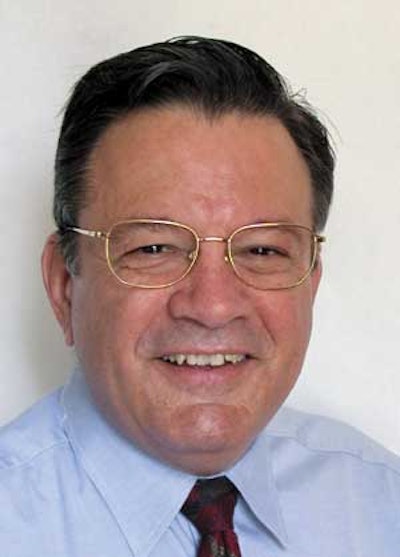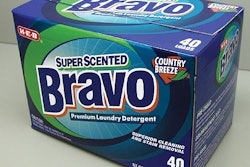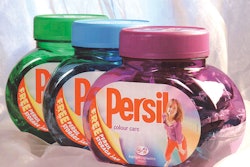
A recent phone conversation with author and packaging consultant Jim Peters about packaging and club stores went something like this:
Packaging World: Who calls the shots at the high-volume retailers?
Jim Peters: The gate keepers for these retailers are the buyers. And these buyers don’t really know packaging all that well. It’s almost like they don’t know what they want but they know what they like when they see it. So the challenge for the packager is to understand the retailer’s strategy. But you have to know the strategies retailer by retailer. You can’t just lump them all in one group. A good example of a packaged goods company that designed its packaging around a specific retailer’s strategy is Method Home Care out of San Francisco. The products were hand wash, dish soap, and surface cleaners. Method Home Care figured they could break into these categories in the Target chain of stores by coming up with packaging that’s not just packaging but that also doubles as home décor. This appealed to Target because it’s a retailer that, like other high-volume retailers, competes on price but also tries to do it with a unique sense of style and panache. These packages fit the Target shelves perfectly, and Method Home Care understood that they would.
PW: How does a CPG company come to understand retailer objectives?
JP: You mean aside from buying this study?
PW: That’s not exactly what we meant.
JP: Sorry, couldn’t resist. One way is through store audits. The roots of packaging design are in the traditional retail channel, which was a one-size-fits-all world. In other words, if it works for H.E. Butt in Texas, it will work for Safeway in California. But when you get to these high-volume retailers, that doesn’t work, because these stores are trying to differentiate themselves. That gets back to the 24 square feet per U.S. citizen (see main story). The country is “overstored.” Differentiation helps build affiliation between store and customer.
PW: How does private label fit into all of this?
JP: Private label is very important. Costco’s Kirkland Signature Brand is, I think, one of the better executed private-label programs. It works to differentiate Costco from Sam’s, B. J.’s, Target, and so on. Who packs the Kirkland products? It could be the same CPG companies that market the branded version of the product.
See the story that goes with this sidebar: Club store packaging and beyond























